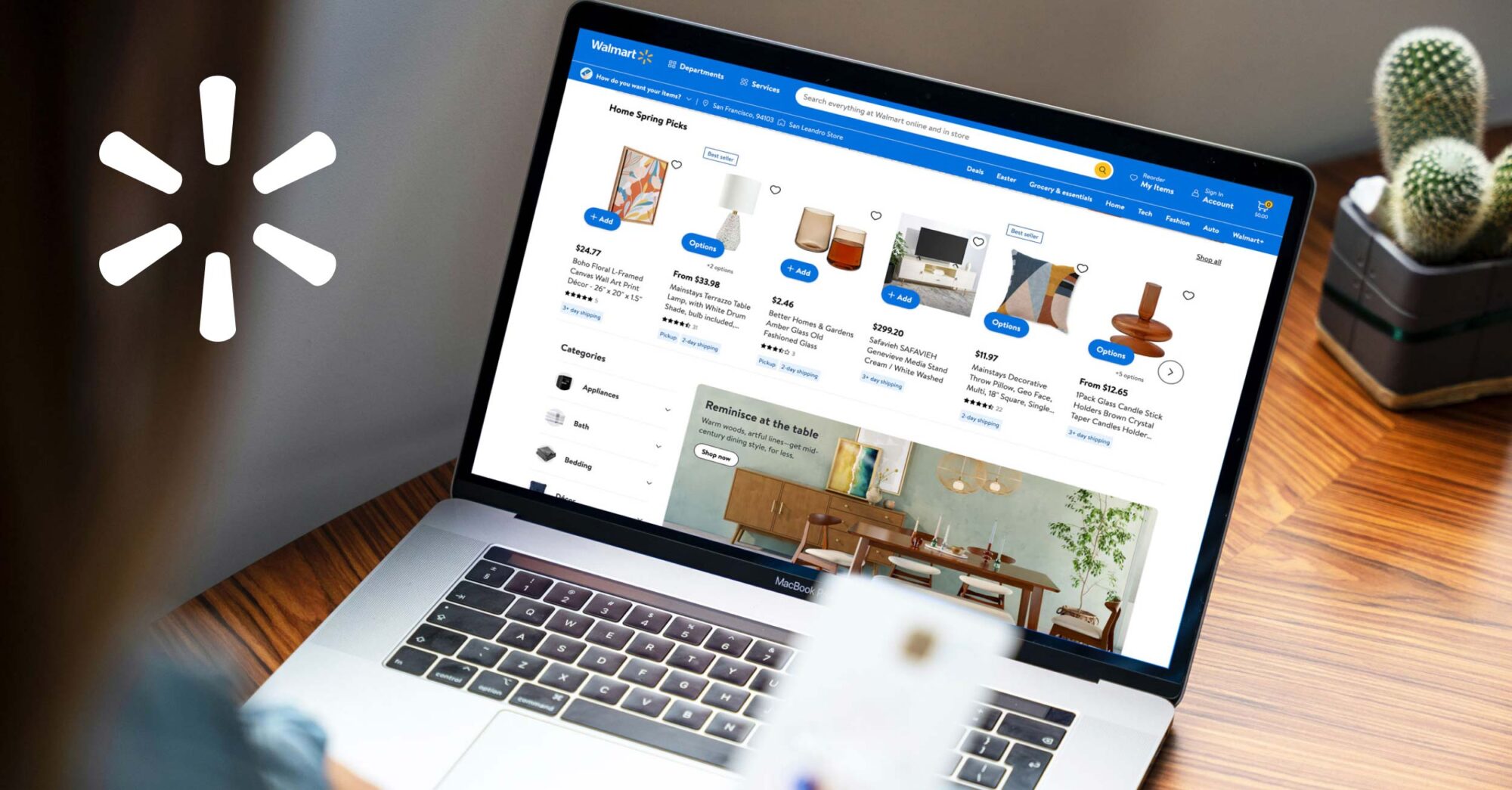
Selling on any marketplace vs ecommerce platform can increase a brand’s reach, and Walmart’s incredible name recognition and web traffic exposes a brand’s products to a large and new audience of potential Walmart customers.
Walmart offers a unique pricing structure for sellers. Unlike other marketplaces, most notably, Amazon FBA, sellers on the Walmart Marketplace only pay for what they sell. Consider this a guide to Walmart Marketplace seller fees and best practices.
What does Walmart charge to sell products?
As a key differentiator, Walmart Marketplace only charges sellers fees on items they sell through something called a referral fee. There’s a straightforward pricing structure with no setup or monthly fees.
Breaking down Walmart Marketplace referral fees
Walmart’s referral fee varies per category but is usually around 15%. It’s important to note that the categories are the ones listed in the Walmart Online Marketplace Retailer Agreement and don’t match the categories used for product setup.
For example, in the beauty category, brands will pay 8% for items with a total sales price of $10 or less and 15% for items with a total sales price greater than $10. In the furniture and decor category, brands will pay 15% regardless of the sales price. Brands can find a complete list of referral fees on the Walmart website.
Walmart Marketplace sales tax explained
Sellers on the Walmart Marketplace are responsible for sales tax. Products sold on the marketplace are subject to sales tax in all U.S. states and territories that charge it. Sellers may not accumulate and remit on each sale, so the best practice is to incorporate sales tax in the price. However, sellers can choose to incorporate sales tax into the price or display it separately.
Walmart does provide sellers with a detailed tax code sheet in its Seller Help Central, but doesn’t offer advice about which tax codes should be in use. Sellers should contact their tax advisors if they aren’t sure.
How do you get paid from a Walmart seller account?
Sellers agree to the payment terms in the Retailer Agreement. Payment periods end every Monday night, so sellers can typically expect their money the following Wednesday. The seller’s payment is the total amount of sales minus the referral fees charged by Walmart Marketplace.
It’s important to note that Walmart passes authorization for the order to the customer’s account but only charges them when the seller confirms that the products have been shipped. For that reason, the sales are reported on the day they ship, not on the day the order is placed.
Walmart partners with Payoneer to process payments, so every seller needs to set up an account with Payoneer to get paid. The registration process starts in the Walmart Seller Center but is completed on the Payoneer website.
The steps to set up a Payoneer account are as follows:
- Click on the button “Create an Account” from Walmart Seller Center.
- Enter all of the relevant details.
- Get redirected to Walmart’s Seller Center page.
- While the registration is “pending,” the status in Walmart Seller Center will say “INACTIVE.” After a few minutes of finishing registration, a confirmation email will confirm the successful creation of an account. The status in Walmart Seller Center will change to “ACTIVE.”
Walmart marketplace item pricing best practices
Walmart’s slogan is “Lowest Prices Every Day,” so it’s important to ensure that products are priced appropriately when setting up product listings. This is key to ensuring a brand’s product is the one that displays in the Buy Box. The Buy Box is the lowest-priced item (when multiple sellers are selling the same item) and includes the Add to Cart button.
Brands need to be careful to adhere to Walmart’s pricing guidelines. Walmart will remove items that are priced so out of line with other products currently listed that it will impact the overall customer experience. Even if an item isn’t unpublished, it can be deemed ineligible to appear in the Buy Box.
When it comes to how to increase sales on Walmart, brands should consider every aspect of cost when pricing items. These include the cost of the product, shipping fees, Walmart Marketplace referral fees, labor cost, returns cost, and overhead costs. Walmart Marketplace also automatically unpublished products if they are charging excess shipping fees.
Brands also need to be careful not to charge lower prices on other websites for items that are also listed on the Walmart Marketplace. Walmart’s algorithms check other websites to verify that the items sold on its marketplace have the lowest prices.
Integrate and fulfill Walmart Marketplace orders with Flowspace
Flowspace’s OmniFlow Visibility Suite offers brands real-time visibility into inventory, orders, and order fulfillment activity across all channels—including Walmart Marketplace. The platform also provides access to the predictive insights and customer analytics needed to anticipate consumer and market demands to ensure that Walmart Marketplace customers receive their purchases as quickly and efficiently as possible.
All brands need to do to get that process started is to pair the Walmart Marketplace integration with the Flowspace platform. With a nationwide network of 150+ warehouses and fulfillment centers, Flowspace is the best choice you can make for your growing eCommerce business.
To find out how Flowspace’s OmniFlow Visibility Suite can help your brand optimize for selling on Walmart Marketplace and provide a stellar experience, get in touch.
Sources:
“Referral Fees.” n.d. Walmart Marketplace. https://marketplace.walmart.com/referral-fees/.






